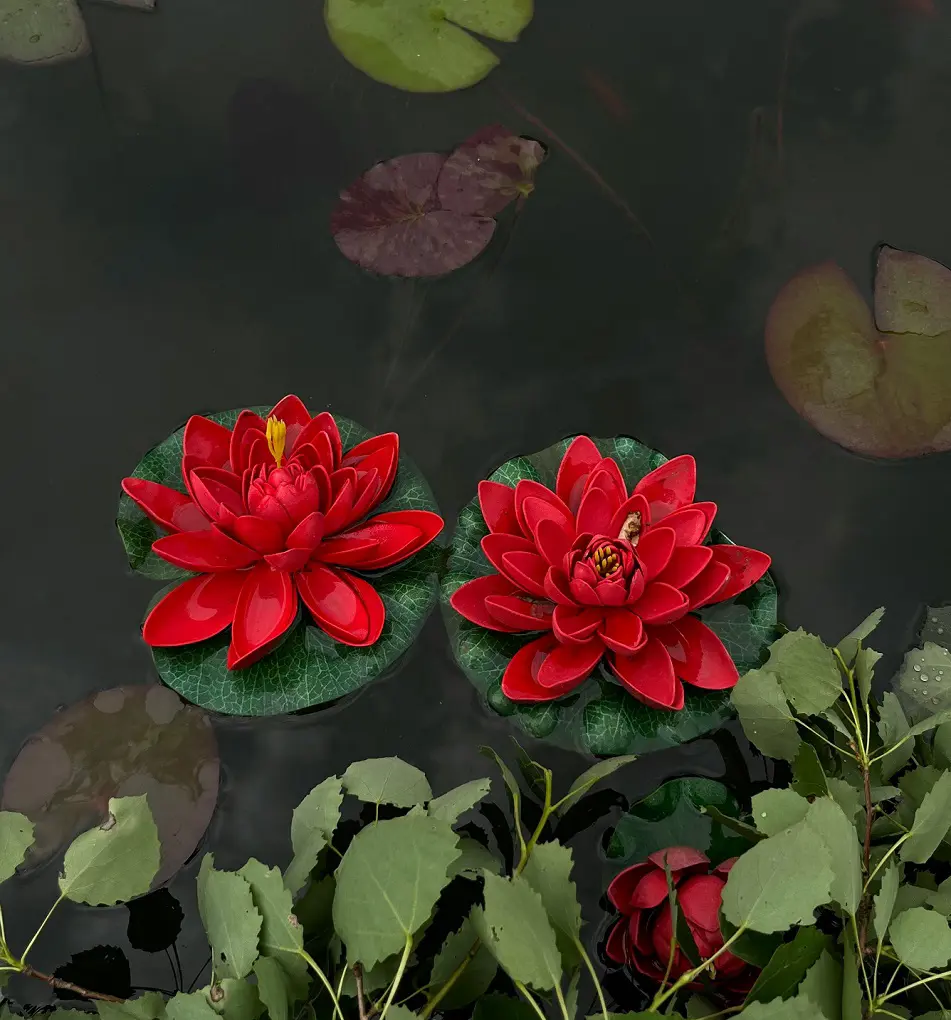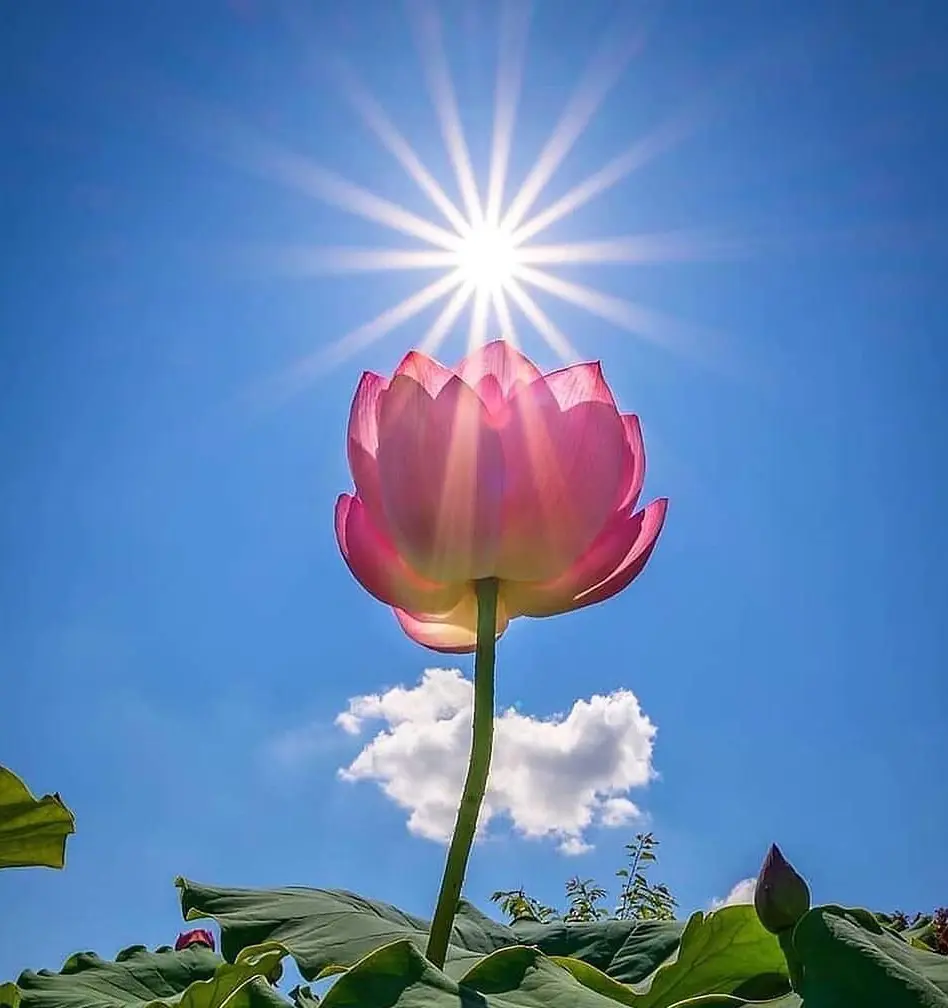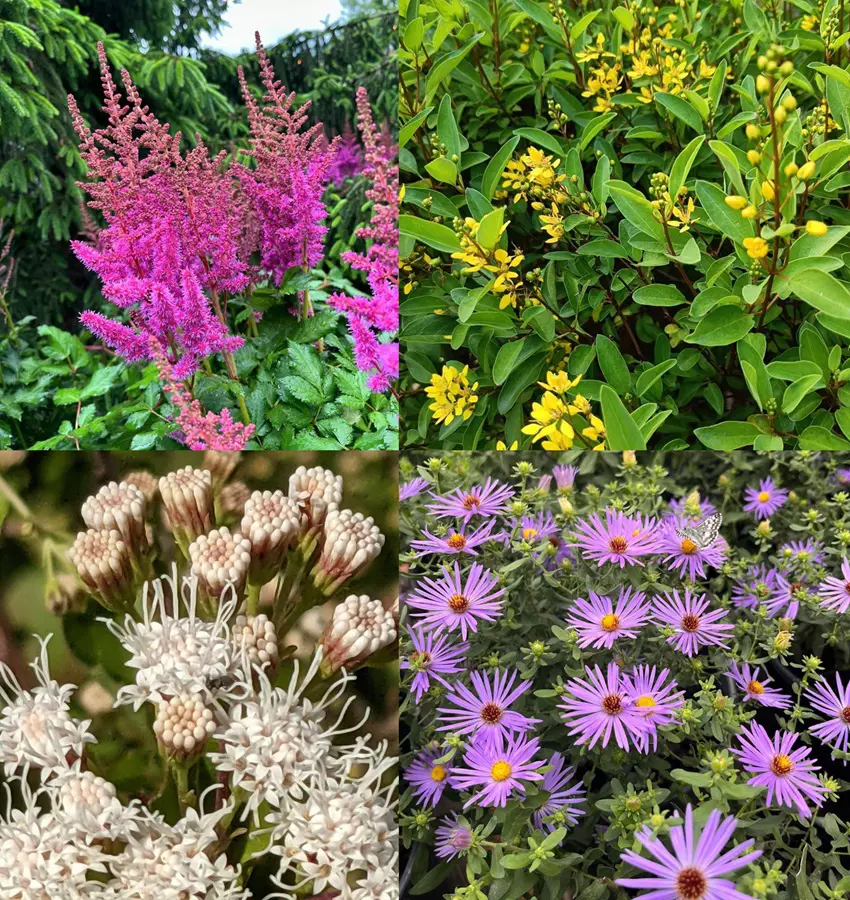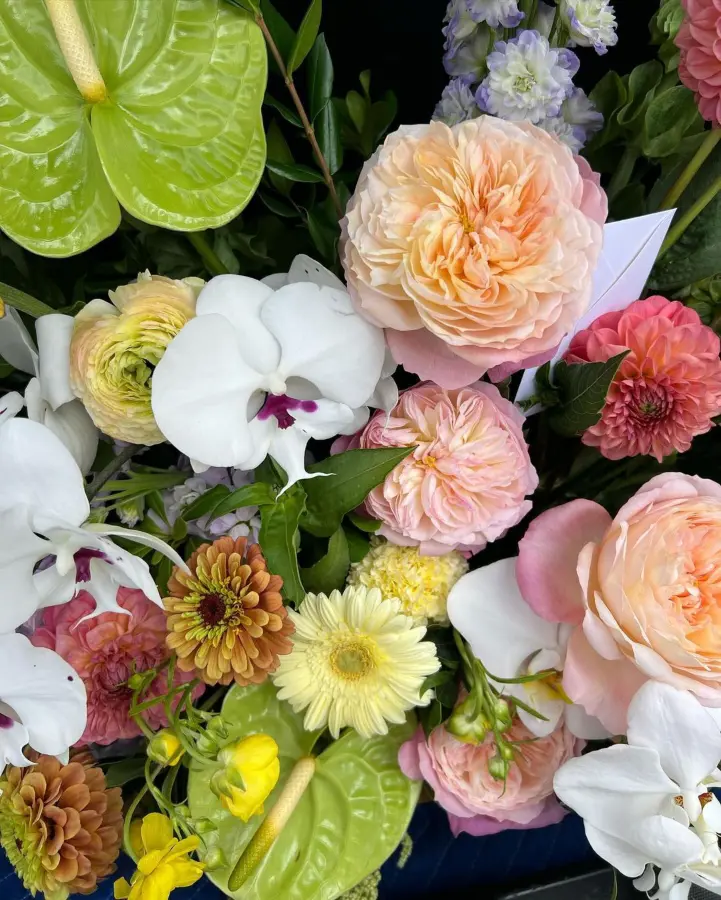Meaning of Lotus Flower

The lotus flower's variations in color convey a deeper meaning beyond its mesmerizing appearance. Every shade of a flower has its symbolic language, connecting to the total meaning of the flower.
1. The White Lotus: Purity and Perseverance
The white lotus blossom symbolizes purity and unwavering determination. Its flawless petals serve as a reminder to stick to our beliefs despite life's obstacles since they represent a state of innocence and enlightenment.
The white lotus is a representation of spiritual development and the pursuit of a morally upright existence.
2. The Pink Lotus: Rebirth and Beauty
The most common lotus flower in Hindu imagery, pink lotuses is associated with ideas of rebirth and eternal beauty. The soft color suggests possibilities for change and a sense of rejuvenation.
The pink lotus reminds us that beauty lies within each of us, not just in the outside world, just waiting to be rediscovered.
3. The Red Lotus: Passion and Bold Expression
Bold emotion and passionate sparks are set off by the crimson lotus blossom. Its vivid color captures the essence of uncontrolled emotion and the confidence to express oneself authentically, transcending the lotus's traditional connotation of resilience and rebirth.
The red lotus is a symbol of our inner fire, encouraging us to follow our dreams with resolute perseverance.










